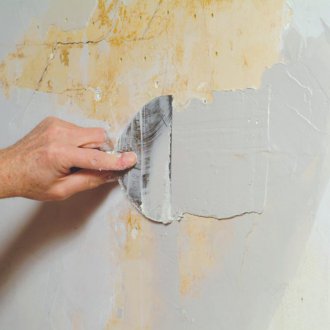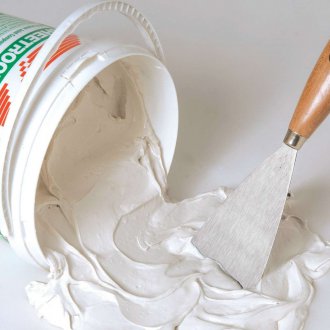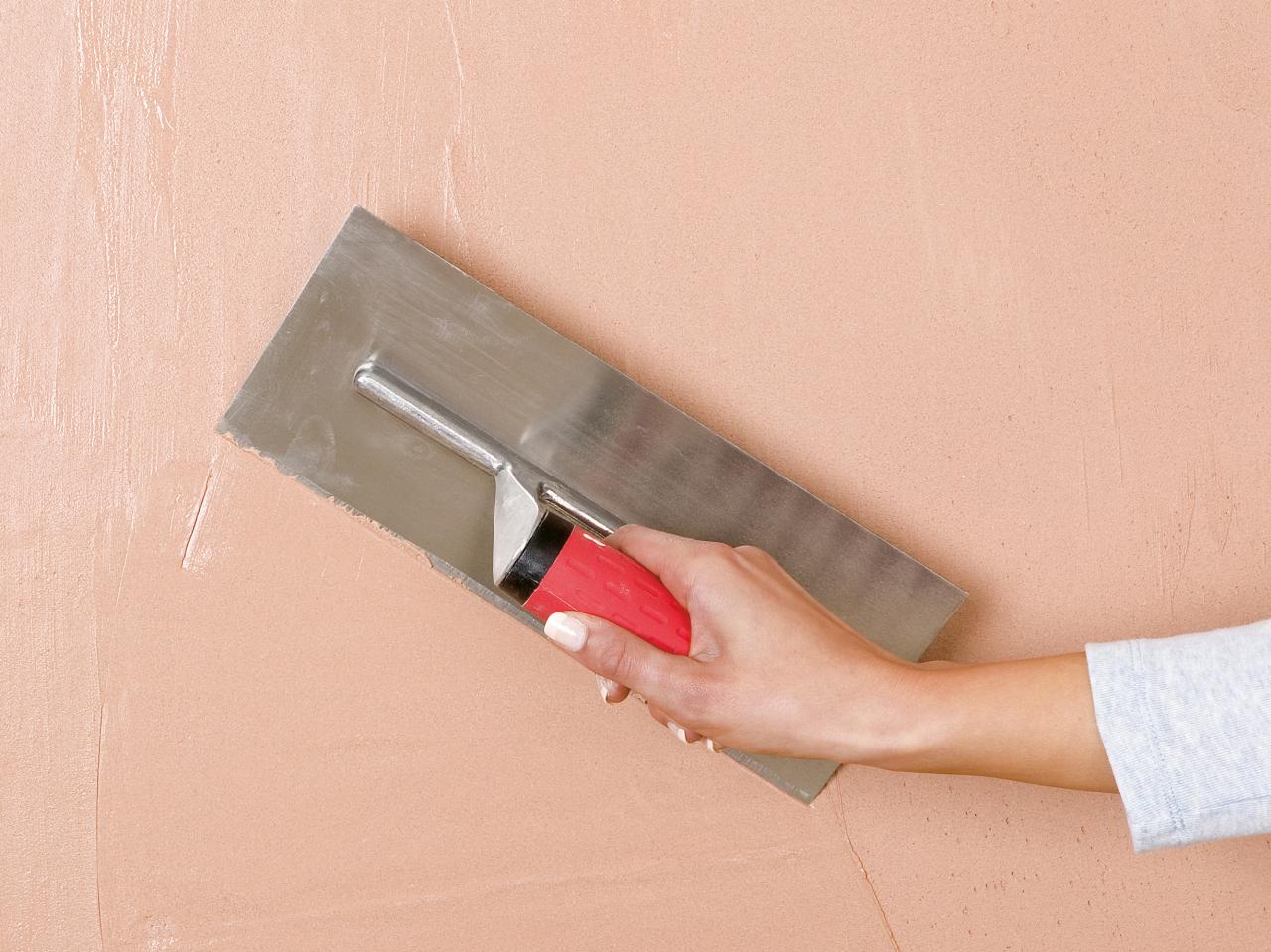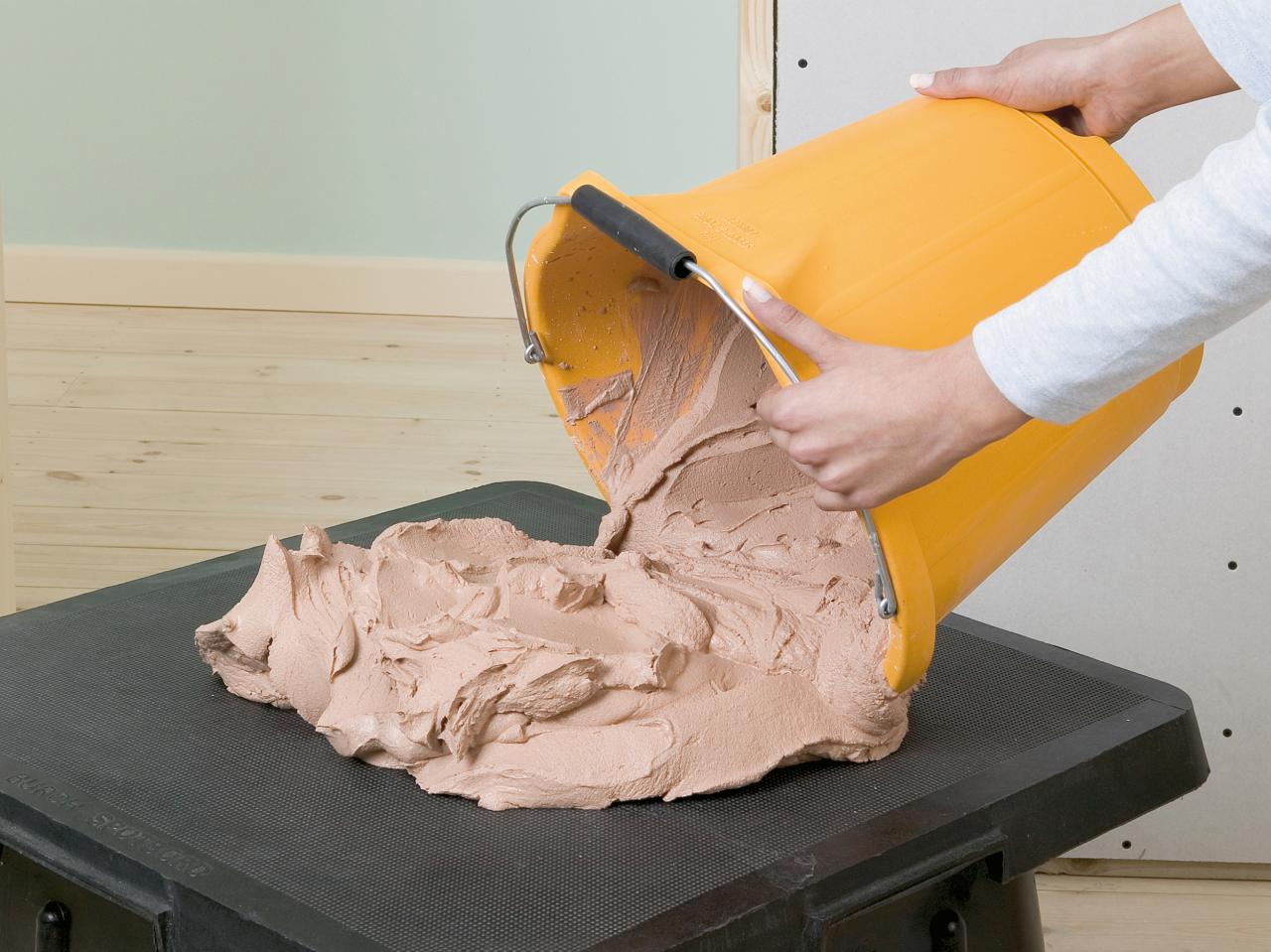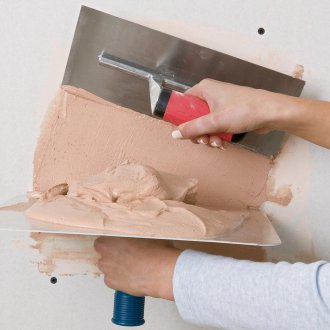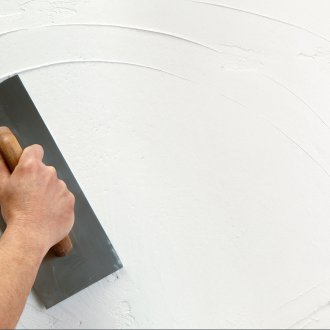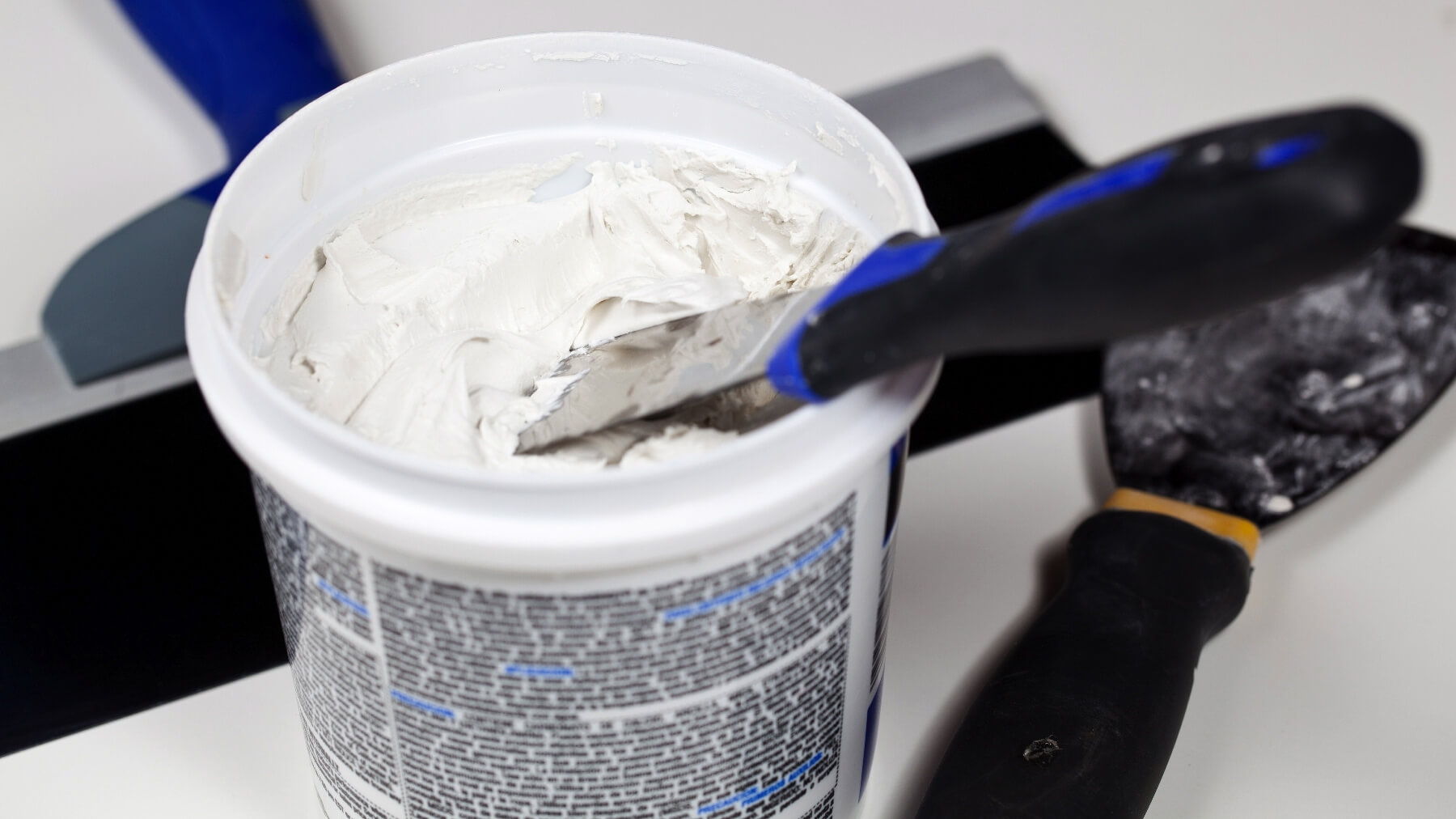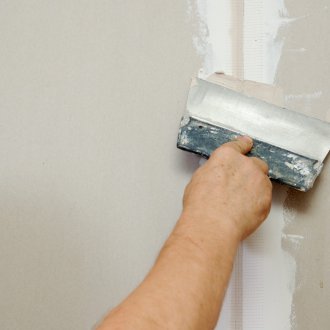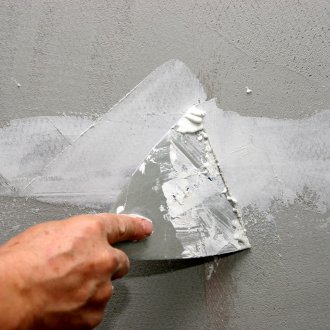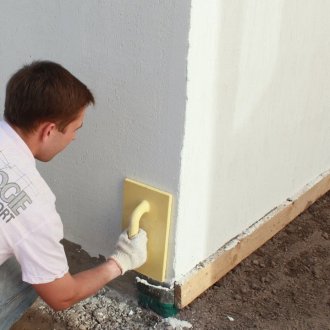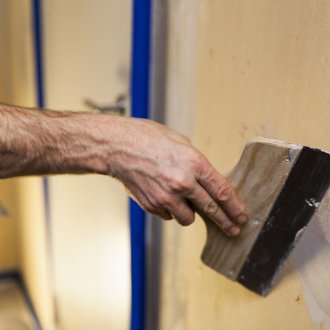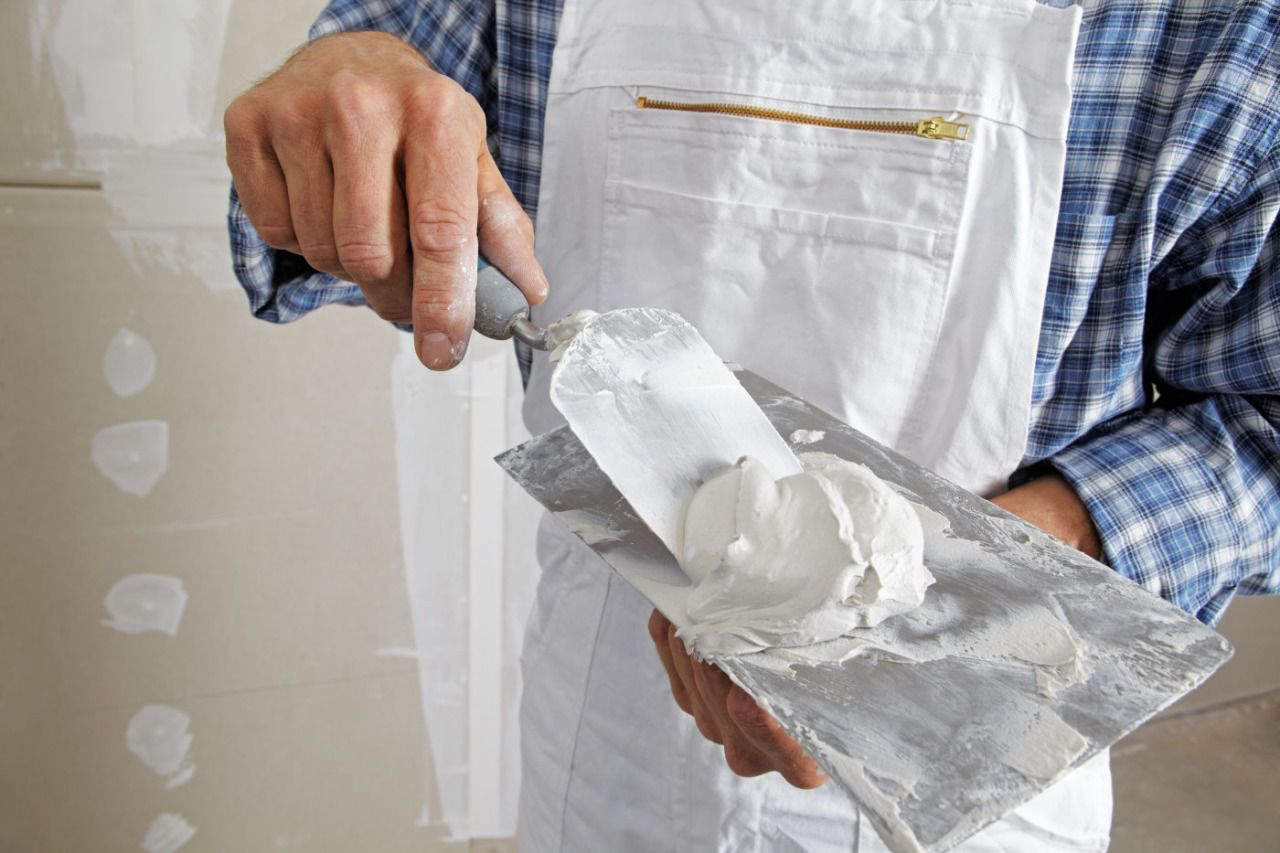Latex putty: advantages and applications
Content
When carrying out finishing works, a variety of finishing materials are used. Putties are used at the finish stage, with the help of which they perfectly stretch walls, ceilings, slopes. They are produced on a cement, gypsum, polymer basis, each of the mixtures has its own characteristics and advantages. Latex putty, which is distinguished by its excellent technical characteristics and operating parameters, is growing in popularity among builders. This material can be used not only by professionals, but also by people with minimal experience in plastering and painting.
What is latex putty?
Putties are made using fillers, plasticizers and various additives that affect their properties. Latex putty is not an exception to this rule, in which latex acts as a binder. What it is? It is a polymer dispersion of colloidal particles from synthetic rubbers. Latexes can have a different nature and are based on polyurethane, acrylic butadiene polymers. It is the binder that determines the technical characteristics of the finishing putty. All types of latexes are characterized by high elasticity and strength, which was the reason for creating high-quality building materials on their basis.
Each putty, depending on the scope of its application, is improved with polymer additives. These can be substances with antiseptic properties, such putties are relevant for bathrooms, for the kitchen and when leveling slopes. Hardening regulators allow putties to determine the life of the solution in the optimal range. Additives provide adhesion to certain substrates, improve their ductility.
The main advantages of latex putty
Ready-to-use latex putty is used to complete the finishing work. Latex-based formulations have the following advantages:
- minimal shrinkage will allow you to do without cracks and swellings, dips;
- resistance to the effects of various climatic factors allows the putty not to crumble throughout the entire period of operation;
- resistance to temperature extremes makes it possible to use putties on the facades;
- the minimum thickness of the application is 1 mm, with this layer it is impossible to apply mixtures based on cement and gypsum, this allows the use of latex-based putties when performing the most critical jobs;
- a wide selection of shades is relevant when decorating rooms in a modern style and when working on wood;
- has excellent adhesion to surfaces made of concrete, brick, cement mortar, wood, fiberboard;
- the viscosity of the composition allows deep penetration into cracks;
- in the process of solidification, forms a protective film on the surface with high strength characteristics, so it does not crumble, does not dirty clothes with accidental contact;
- it is offered in finished form, which significantly reduces the time for the preparatory stages of work;
- manufacturers offer a wide range of packaging, which allows you to choose the material for both minor repairs and for the finishing of a large house.
All this makes the use of latex putty as effective as possible even on critical facilities. The elasticity of the material makes it available for use.
Disadvantages of latex putties
Latex putty has its drawbacks, like any other material. Ready-made formulations are not recommended to be stored at low temperatures. Frozen and thawed putty loses its properties, its application will become problematic. This drawback can be combated, latex putty should be purchased only in specialized stores that comply with the conditions of transportation and storage of products. The seller in winter should definitely ask when the material was imported and how it is stored. You can verify the honesty of the answers by checking the information received with the date of production of the putty, which is indicated on the container.
The second disadvantage of the material is the relatively high price. This discourages putties from many potential customers and is completely in vain. The material has a low consumption, since it can be applied in a thin layer. Its strength characteristics allow to increase the interval between repairs, which also reduces operating costs.
Finishing putty is an ideal base for painting. It does not absorb paints and varnishes, which accordingly reduces their consumption and minimizes the total cost of repairs. All this allows us to consider the disadvantages of finishing latex putty conditional.
Key Applications
Latex putty for outdoor use is a universal composition that has excellent adhesion with various substrates. An exception is metal surfaces, which are not recommended to be puttied with latex. Facade putty is used on concrete and brick, it fits well on wood and drywall. The main area of use is the finishing preparation of the surface for painting with oil, alkyd or water-dispersion paints. They perfectly fit on the prepared surface, do not absorb into it, form a durable and high-quality coating.
Among other areas of application of finished latex putties:
- alignment of walls indoors;
- high-quality sealing of joints between sheets of drywall;
- surface structuring during complex decorative work;
- sealing cracks, small potholes and the elimination of other defects on walls and ceilings;
- decoration of slopes, niches and corners.
Putty on wood is used to repair products made of this material, the master can easily pick up the composition with the appropriate shade.
The facade latex putty is used to close the cracks that appeared on the walls of concrete and brick. The material provides high quality work, the strength of the formed layer. Use facade putties and before painting the walls with facade paints of various types.
Application features
Manufacturers offer ready-to-use formulations and dry mixes based on a latex binder. The most popular are ready-made putties delivered in banks with volumes from several hundred grams to tens of kilograms. Dry mixes require additional preparation time, but they are slightly cheaper. Regardless of the option chosen, you must prepare the surface:
- clean the walls or ceiling of dust and dirt;
- primer the surface, for this you can use ready-made special compounds or an aqueous dispersion based on latex putty;
- wait for the base to dry.
In order to achieve high quality work, it is necessary to bring putty into the room to stabilize the temperature.
The solution is applied with a spatula, the recommended layer thickness is up to 3 mm. The material is non-toxic, very plastic and easy to use even for a beginner. Puttying is applied in layers, it is imperative to observe the time interval for the complete drying of the previous layer.For this, from 2 to 6 hours is enough, the time depends on the thickness of the layer, humidity in the room and temperature. When carrying out outdoor work, putty can not be applied in the rain, it is advisable to avoid direct sunlight. It is best if the facade is closed from external climatic influences by a special canopy.
Finishing of the surface, lined with latex putty, is done without the use of sandpaper and other abrasive materials. Even if a fine-grained abrasive is used, it is possible to easily remove the excess. To bring the surface to the ideal, it is necessary to use a damp sponge, with which you can eliminate defects before the latex putty hardens.
Interest in latex putty is growing deservedly, it is used by professionals with great experience and home craftsmen. The elasticity of the material allows it to be applied to the most difficult surfaces, and its excellent strength characteristics guarantee a high-quality result for many years. Putty attracts with minimal consumption, the ability to prepare the surface for responsible painting. This is the best material for sealing joints in drywall sheets. You can use latex putties for outdoor work in the repair of facades and their further painting. It is worth paying to this composition and those who are engaged in the repair of wood products.
